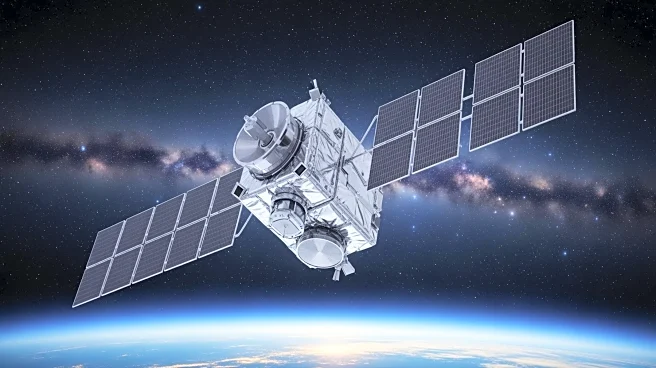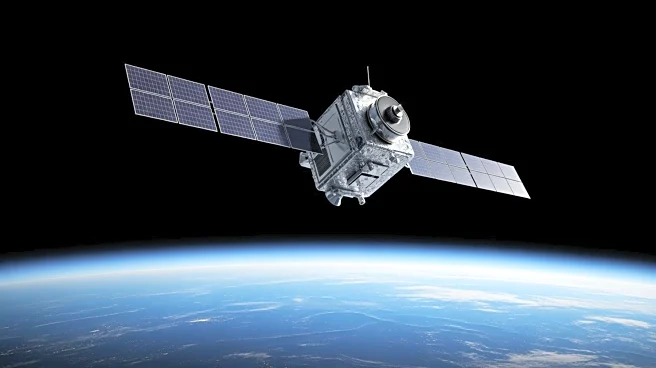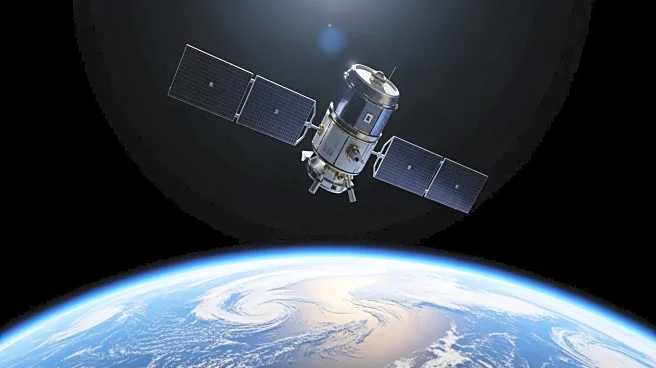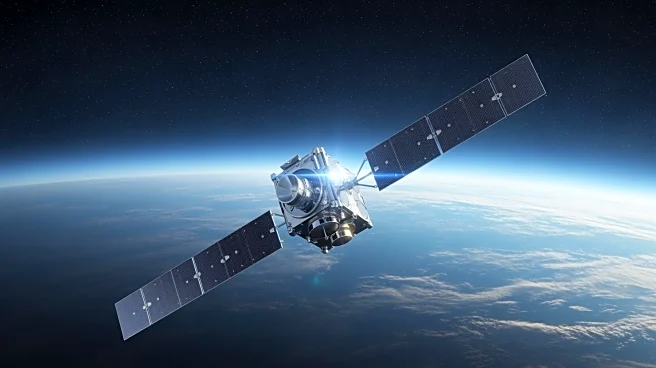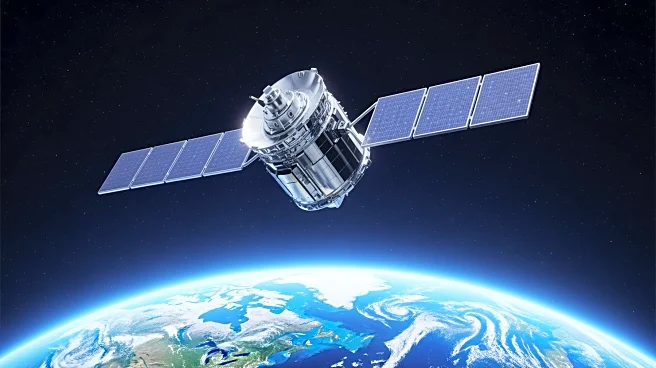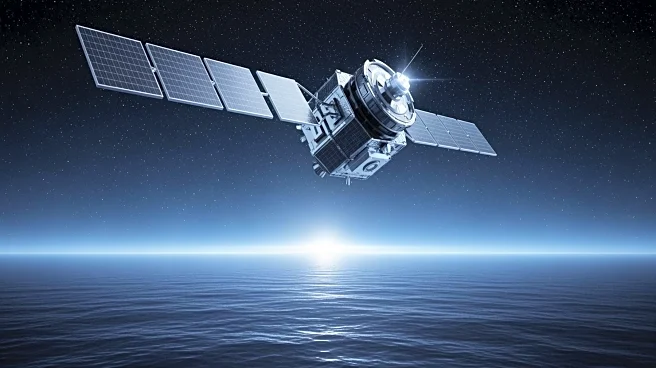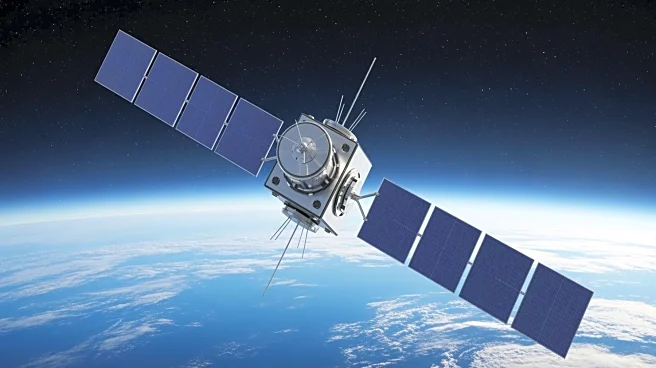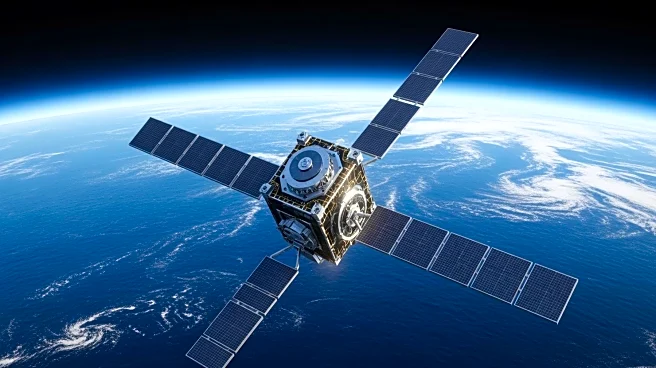What's Happening?
NASA's Sentinel-6B satellite is set to launch from Vandenberg Space Force Base in California aboard a SpaceX Falcon 9 rocket. The launch is scheduled for November 17, 2025, at 9:21 p.m. PST. The satellite will
take over global sea level measurements from its predecessor, Sentinel-6 Michael Freilich. The launch is part of a series of events, including the vertical positioning of the rocket on the launch pad and fueling. Weather officials from the U.S. Space Force's Space Launch Delta 30 predict a 60% chance of favorable weather conditions for the launch. NASA will provide live coverage of the event through various platforms, including NASA+, Amazon Prime, and the agency's website.
Why It's Important?
The launch of the Sentinel-6B satellite is crucial for continuing the long-term monitoring of global sea levels, which is vital for understanding climate change and its impacts. Accurate sea level data is essential for coastal planning, navigation, and understanding the effects of global warming on oceanic conditions. The satellite's data will benefit scientists, policymakers, and communities worldwide by providing critical information to address climate-related challenges. The mission underscores the importance of international collaboration in space exploration and environmental monitoring.
What's Next?
Following the launch, the Sentinel-6B satellite will undergo a series of tests and calibrations to ensure its instruments are functioning correctly. Once operational, it will begin transmitting data on sea level changes, contributing to a comprehensive dataset that informs climate models and predictions. The successful deployment of Sentinel-6B will also pave the way for future satellite missions aimed at monitoring Earth's changing environment. Stakeholders, including government agencies and environmental organizations, will closely monitor the satellite's performance and data output.
Beyond the Headlines
The Sentinel-6B mission highlights the growing role of private companies like SpaceX in facilitating government-led space initiatives. This collaboration between NASA and SpaceX exemplifies the shift towards public-private partnerships in space exploration, which can lead to more cost-effective and efficient missions. Additionally, the mission emphasizes the importance of technological advancements in satellite design and data collection, which are critical for addressing global environmental challenges.
